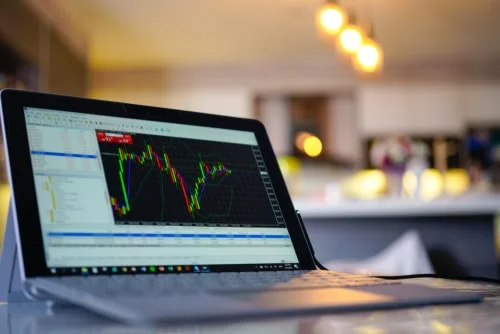ALB Limited 23.04.2022
Forex Trading Tips To Make Money In Low Volatile Markets
These days, most financial markets are not as exciting as they used to be. Instead of trading stocks, bonds, and other assets that have a high level of volatility, many investors prefer to invest their money in low-volatility financial markets.These include the world’s major currencies like the US dollar (USD), Euro (EUR), and Japanese yen (JPY). In addition to being less volatile than most other asset classes, these currencies maintain relatively stable values over long periods. This makes them ideal for long-term investment strategies such as retirement plans and long-term capital accumulation. However, as we shall see later in this article, there is one big caveat:
Low-Volatile Markets = Limited Trading Opportunities.
What does it mean to be a low-volatile asset?
The degree of volatility in an asset is expressed as a percentage of the price. The higher the volatility, the more likely the price of an asset is to move up or down.Now, of course, not every asset is going to be low-volatile. Over time, most financial assets are going to fluctuate significantly. It’s just that the extent of these fluctuations will not be as high when a certain asset class is compared to others.
For example, let’s say that oil is trading at $50 a barrel. This means that one barrel of oil is worth $50. Now, let’s say that the price of oil has been fluctuating between $45 and $55 a barrel over the past six months. In other words, it has had a high level of volatility.
You want to invest in oil as a long-term retirement plan. In this case, you would probably look at the overall trend of oil prices. If oil prices go up, it is likely to keep doing so. And if it is going down, it will probably keep going down.
Strategies for trading in Low-Volatile Markets
Day trading in lower-volatile markets: Most financial assets will not be as volatile over a day as they are over a year. This makes it ideal for day trading in low-volatile markets.
Shorting in a low-volatile market: There are times when the overall trend of a low-volatile market is down. In this case, it is possible to short a certain asset class and make a profit as it falls.
Using the volatility index to gauge risk: To improve on the traditional trading method, some traders have embraced the use of volatility indices. This statistical method allows you to gauge the risk of a certain asset class by looking at its historical volatility.
Tips for day trading in a low-volatile market
Be prepared for rapid price movements: Day traders have a lot of experience with rapid price movements. However, you might not have this experience, so it is important to be prepared for them in a low-volatile market.
Trade small amounts of money: Another important tip for day trading in low-volatile markets is to trade small amounts of money.
Strategies for swing trading in a low-volatile market
Use stops: If a low-volatile market is trading at a certain price, you can use stops to limit your risk. If your price target is not met, you can still make a profit.
Buy in a low-volatile market when it is under a particular price: Swing traders can use various technical indicators to gauge the momentum of a low-vol volatile market. This way, they can determine when it is under a certain price and buy shares.
Sell when the market is over a certain price: When the overall trend of a low-vol volatile market is up, swing traders can go long. However, when the market is over a certain price, they can use various technical indicators to trigger a sell trade.
Tips for long-term investing in a low-volatile market
Invest in lower-risk assets: A low-volatile market can be a great place to invest. However, it is important to invest in lower-risk assets as they are less likely to have short-term price movements.
Invest in a low-volatile market index fund: A low-volatile market index fund can be a great way to invest in a low-volatile market. The fund will own a portfolio of assets representative of the overall market.
Hold shares for a long time: When you are holding shares for a long time, you take on less risk. This makes it a good strategy for a low-volatile market.
Should you be Shorting in a Low Volatile Market?
Shorting involves borrowing shares and selling them to return them at a later date. When this is done in a low volatile market, there is a high likelihood that the shares will be bought back, and the original investor will be liable for the debt.
This becomes particularly problematic in a low-volatile market when prices are falling. If you want to short shares, there is a high likelihood that you will have to put up a lot of collateral and borrow a large number of shares. Given the high level of volatility, you are also likely to have a high level of unsuccessful trades. If you have a low level of experience in the financial markets and a high level of unsuccessful trades, it is best to stay out of the shorting business.
Conclusion
Low-volatile markets have a level of volatility that is not as high as other asset classes. They also tend to maintain relatively stable values over long periods. This makes them ideal for long-term investment strategies such as retirement plans and long-term capital accumulation.













